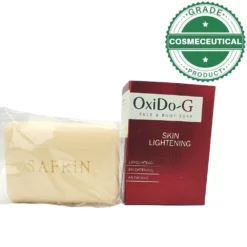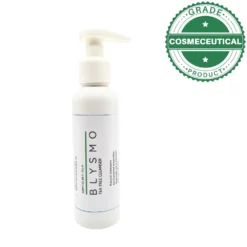Acne scars result from severe or prolonged acne outbreaks, leaving lasting marks on the skin. They appear in various forms, such as depressed pits, raised bumps, or discolored patches, serving as reminders of past skin inflammation. These scars develop when disruptions occur in the skin’s natural healing process, leading to excessive collagen production or tissue loss.
Depressed scars, like icepick, boxcar, or rolling scars, form when underlying skin tissue suffers destruction, resulting in craters or indentations. Raised scars, termed hypertrophic or keloid scars, emerge due to overproduction of collagen during healing, causing the skin to protrude.
Moreover, post-inflammatory hyperpigmentation may arise, causing skin discoloration long after acne clearance. Acne Scars profoundly impact self-esteem and confidence, with treatment options varying based on scar type and severity. These options range from topical creams and chemical peels to laser therapy and micro-needling.
Nevertheless, complete scar removal isn’t always feasible. Management often concentrates on minimizing appearance and enhancing overall skin texture
Imported Range
Cudrova Spazio Anti-Acne Facial Cleanser (160ml) – Treats Acne, Dark Spots, and Marks
Accessories
Imported Range
Cudrova Synergy Anti-Wrinkle & Skin Whitening Serum No. 5 for All Skin Types (30ml) – Made in Canada
Imported Range
Cudrova Synergy Antioxidant Professional Serum No. 3 for All Skin Types (30ml) – Made in Canada
























